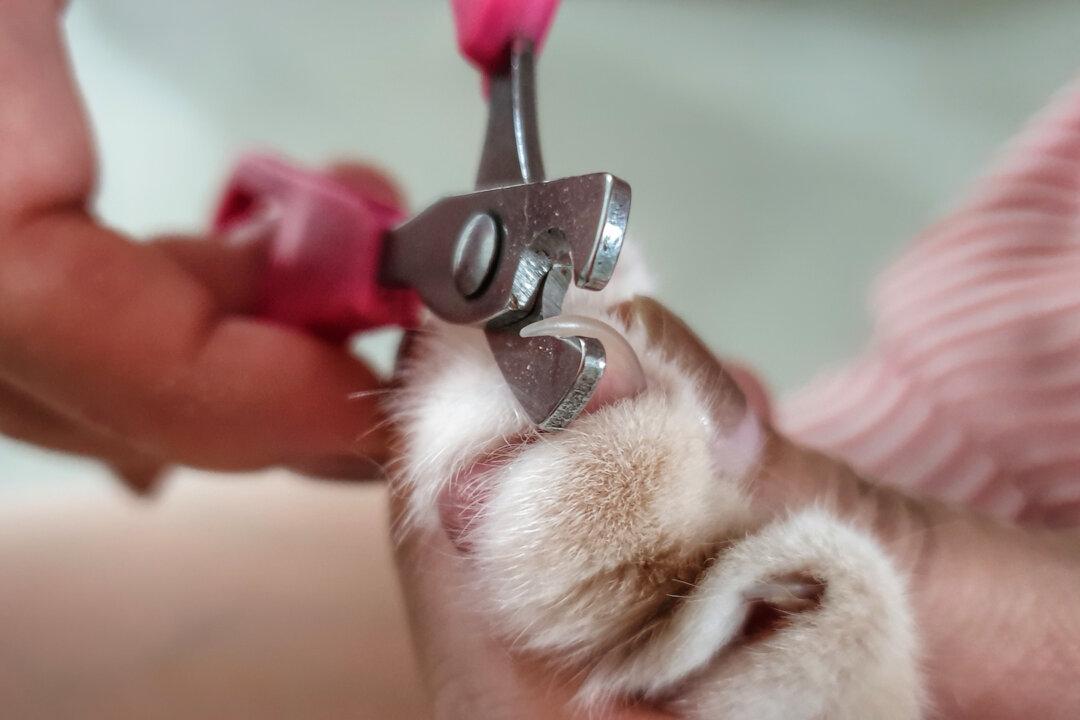Research shows that as many as half of fecal samples from dogs that visit dog parks are contaminated with intestinal parasites, including roundworms, hookworms, whipworms, tapeworms, and Giardia. Some parasites’ microscopic eggs survive in the environment for many years.
Frankie will ingest them when he licks his feet or picks up a tennis ball—that parasite eggs stick to—when you throw it across the grass.
When humans inadvertently ingest these parasites, they can develop much more serious conditions than the diarrhea and vomiting that occurs in dogs. So, don’t touch your mouth, and wash your hands immediately on leaving the dog park.
Hookworm larvae can penetrate human skin, so always wear closed-toed shoes rather than sandals to the dog park, and don’t sit on the grass.
A recent study of 288 dog parks in 30 cities around the U.S. found that 85 percent of the parks were contaminated with canine intestinal parasites. Of the 3,006 dogs that visited these parks and were tested, 21 percent were infected.
The most prevalent parasites identified in this study were Giardia, hookworms, and whipworms, in that order. Although puppies under 1 year of age constituted only 12 percent of the dogs tested, 42 percent of them were infected.
Dog parks are important places for dogs and their people to socialize. If you continue visiting your dog park, gently remind people to pick up after their dogs, and ensure that poop bags, a trash container, and hand wipes are always available.
We rushed her to our veterinarian, who treated her and explained that these products are not very toxic to cats. If that’s true, why did Nola react the way she did?
With luck, Nola will no longer be attracted to glowing jewelry. But if she bites into it again, immediately offer her canned cat food, canned tuna liquid, or milk to dilute the bitter chemical in her mouth and lessen its impact.
If the luminescent chemical is on her fur, wash it off so she won’t lick it when she grooms herself. You'll spot it more easily if you check her in a darkened room.





